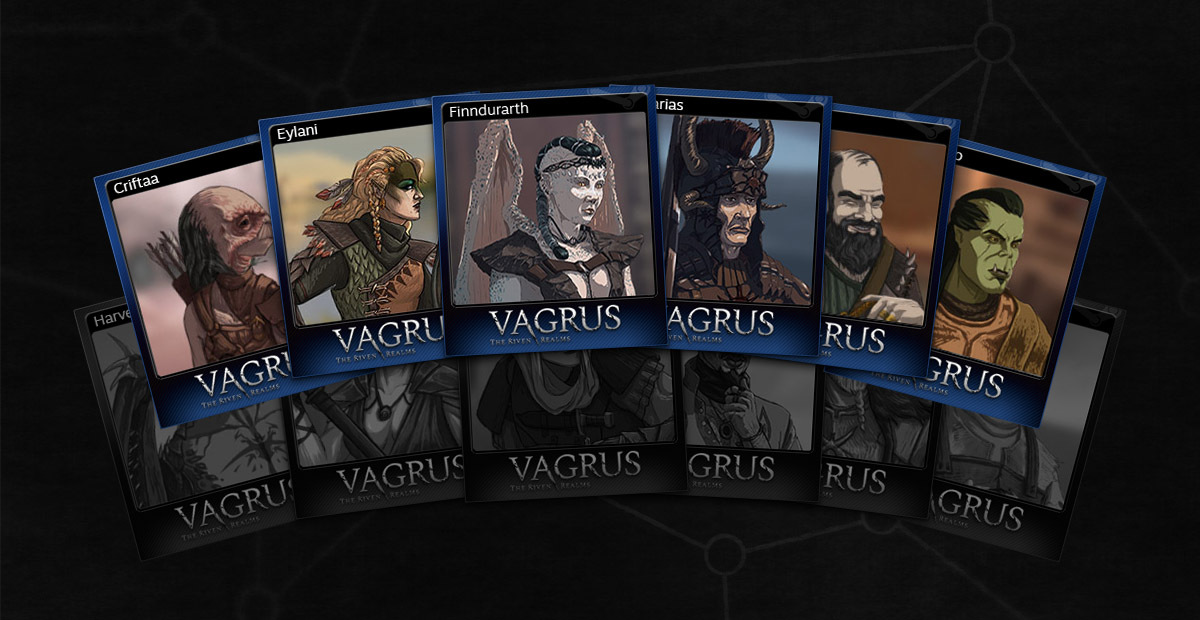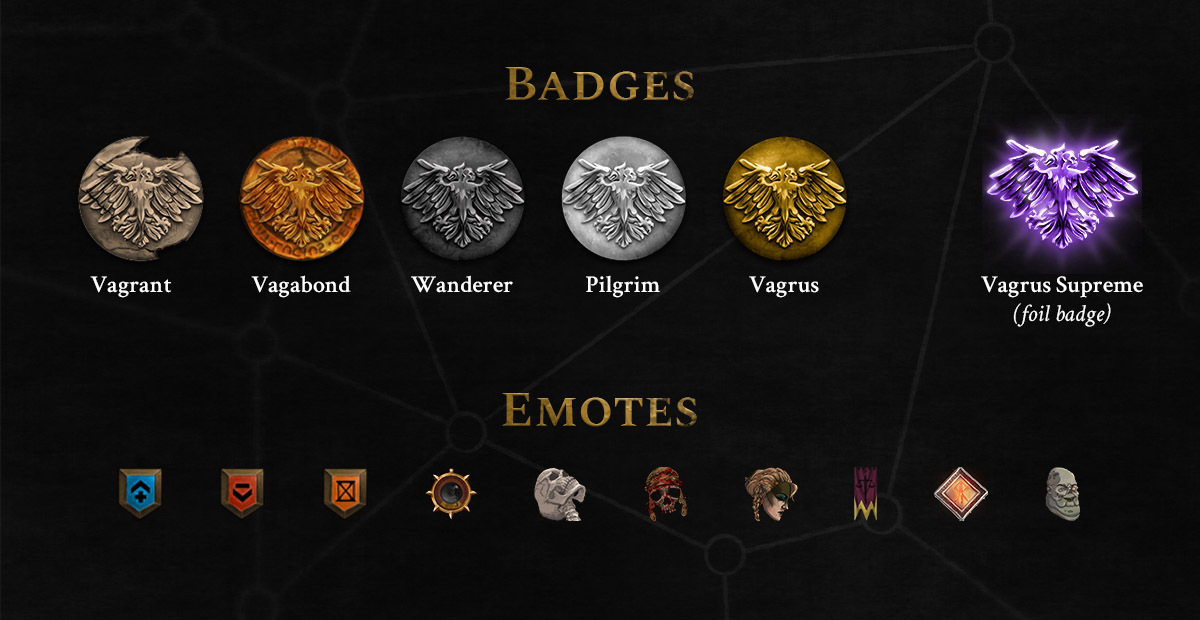As you may know, terra supra, the northern part of Xeryn, is dotted with perilous and deadly places most people tend to avoid. Now, we are going to take a look at these, focusing on the ruined cities of yore. Embark with us upon a dread journey into the most dangerous ruins in the Riven Realms. Be warned, though, they are not for the faint of heart!
Arx Mortis
The Desert of Black Sands is a terrible place where no living thing can exist for more than a few hours due to its life-draining curse. At night, a strange bluish-white, sickly glow can be seen on the horizon: the dread mirage of Arx Mortis, the City of the Dead, and the source of all evil in the region. The place used to be Calderum, and it was the capital of the Sanvorati province. Known as the City of Light, Calderum was turned into its most horrible caricature by the Calamity. These days it is a dead city filled with eerie moaning and groans, cast in perpetual twilight, and beset by bone-chilling cold and a pale, warmthless light emanating from the faded rocks that are almost all that remain from its beautiful buildings and walls. The curse affected the surroundings of the city as well and thus the Desert of Black Sands was born, bereft of life and joy, and light forever.
Rhadamantis
Rhadamantis lies in the ancient valley of the River Lethe. It is known far and wide on the continent that touching the river’s waters will almost certainly erase one’s memory. Constant change storms rise from the valley and strike out north and west. Furthermore, the cursed ruins of the city itself are rumored to change people in even more despicable ways. Everything in the region is considered accursed, and it is said that people exiled from their tribe often wandered up the valley to meet their doom. Still, most travelers maintain that no sane person has any reason whatsoever to venture even close to Rhadamantis, so this region is largely abandoned. Unfathomable dangers lurk in these lands and the shattered city, the gray, broken ruins of which spread out on both sides of the Lethe for miles under strange skies. Is the doom that reached ancient Rhadamantis, oldest of cities, the same as the creeping blight that took over Agathon to the southeast?
Scorponar
The strange desert called the Plains of Bone used to be a place of rolling flats and gentle hills, but now it is a rocky desert region of gray and beige sands, as well as large piles of bones. In its heart, travelers can find the ruins of the once beautiful Madrigos, an Imperial city famous for its wealth, hospitality, and snow-white marble walls. Today it is a forsaken ruin that has become the capital of the Scortaur, a race of scorpion-men who hunt all other races mercilessly and uncompromisingly on and around the Plains of Bone. They call their city Scorponar, and very few can tell the tale of seeing its shattered buildings and crumbling walls. Those who did see it talk about bone scaffolding and fortifications – from ivory taken from the surrounding plains –, flayed bodies hanging from battlements, and banners crafted crudely from the skin of the Scortaurs’ victims. Scorponar is a place of horror and despair, with the old white stone of Madrigos peeking out from under the colorless sands like broken teeth or shattered bones. Much like a dreadful nest of poisonous wasps, Scorponar belches forth vermin when kicked, which has happened whenever someone decided to put an end to the Scortaur threat by attacking the ruins – and failed spectacularly every single time.
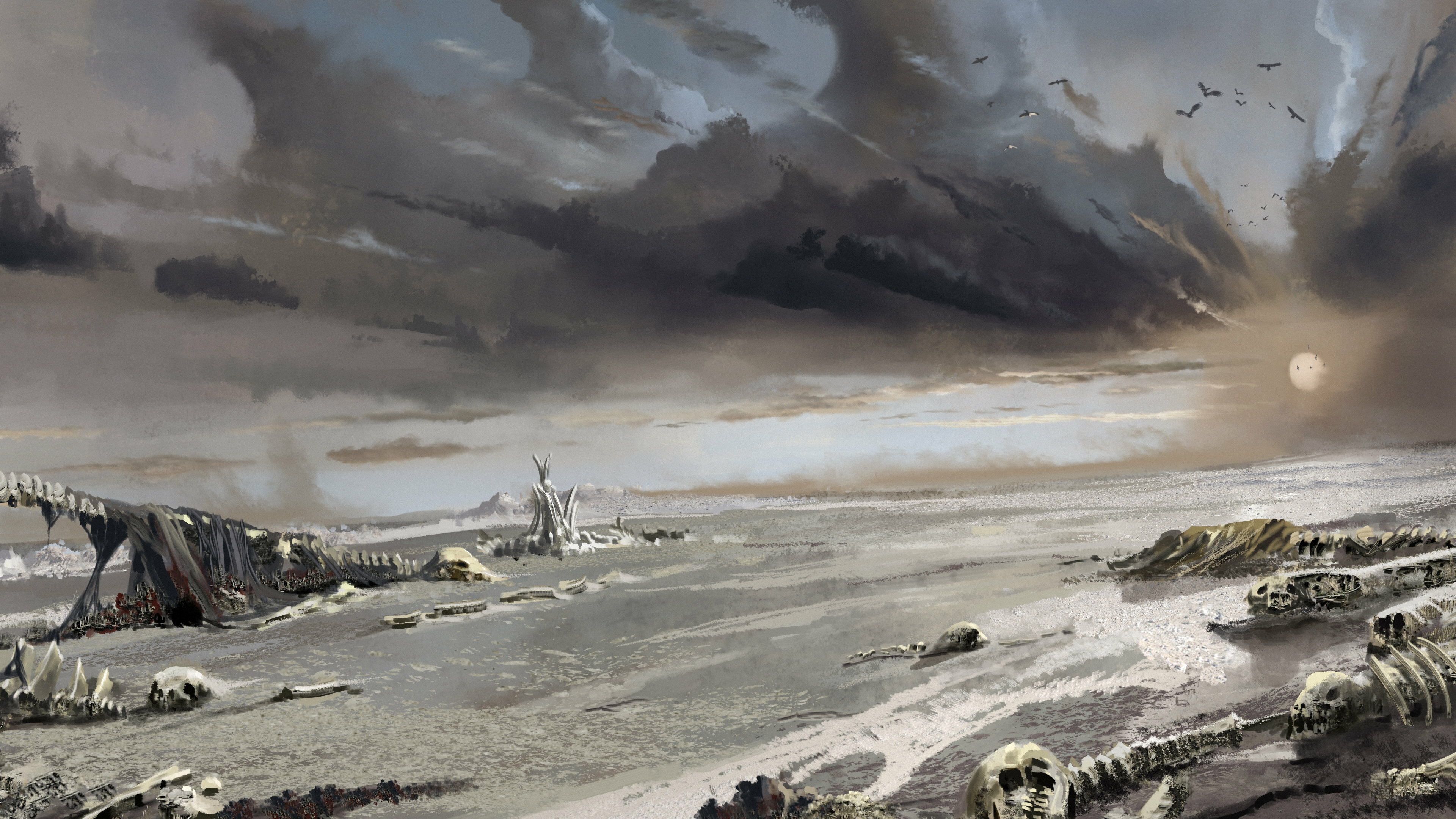
Vaelenesthil
Vaelenesthil is a great Elven ruin in the region of hills on the southern edge of the Bronze Desert. Before the Calamity, the place was a city-state of Elves that was loosely associated with the elder race’s realm of Dor Anthelas. Its inhabitants were famous for creating a magnificent garden in the otherwise arid regions of the northwest, although these Eldin (or ‘Green Elves’) were disinclined to contact and educate humans – though they were not hostile either. They traded with the Imperials and the Bandul locals but remained diplomatically detached from them.
The Calamity devastated the tranquil hills and great forests south of the city, turning them into cragged, arid rock desert and into the Dead Forest, respectively. Vaelenesthil's Elves did not survive the magical cataclysm and no account of their fate exists. Today, the city's ruins are half-buried under rocks and sand at the center of maze-like ravines and valleys that make them very difficult to approach. The few travelers who dare enter speak of cracked marble towers and domes, heralds of a faded beauty, but not much else. No gardens or riches remain, except perhaps deep below the ruins, though none have lived to tell the tale after delving below. There is talk of strange noises, voices, eerie lights – even odd scents during nights that make people avoid Vaelenesthil altogether. However, in truth, most ruins on the continent have such phenomena attributed to them.
Some whisper of the great ruins being haunted, fearing in equal measure the terrifying, azure apparitions that lurk in the night and at its tenebrous crannies and nooks. Such accounts are few and far between in the Fourth Age of Xeryn, though one such story does exist – a story we wrote of a comitatus that dared venture forth into its depths, facing down Yrg and the even more horrifying denizens that reside there.
If you fancy a read, you can find that story
here. Sadly, as of yet the story remains unfinished, but we don’t want to give everything away now, do we?
Carravon, the Howling City
Carravhon, called the Howling City, is one of the most prominent ruins of the middle regions of Xeryn. It is of Elven origin, and it is said that the ancient magic of those fey people made the winds around its silver towers go mad. For that reason, no living soul has been able to enter Carravhon since its fall during the Calamity.
Carravhon was an independent Elven city-state on the edge of the Empire’s arboreal middle provinces. It seceded from Dor Anthelas - the Elven kingdom of the continent - many thousands of years ago when the Elven Queen Orowen aen Muír Dramwúa took her people over the continent and settled at the foot of the Sepis Mountains. There the Elves built a city of wonderful white marble and clear silver, and were foremost among those that taught the humans, thus aiding in their rise to dominance. Cultured and learned, Carravhon’s Elves were the masters of music. Orowen’s singing voice was said to be able to make people weep in joy, and her magic worked wonders through that voice. When the Calamity burned and destroyed everything, Carravhon was not spared either: the magnificent city shook and collapsed, its residents and music falling silent forever. Now situated at the far end of the Singing Winds, Carravhon is a haunted place.
The ruins look pristine from afar. The city was built of white marble with Elven decorations of silver and gold running in floral patterns along its slender towers and clean walls. Golden domes were rising above gardens and parks. Now only desiccated trees remain but the shining metal decoration and white marble can be seen even from afar, drawing many treasure hunters close who then fail to return. People speak in hushed tones of the voice of Queen Orowen being carried on the melodious winds of the desert but anyone going close to the ruins themselves tell tales of a horrid, deafening cacophony coming from there on the brutal gales and tornadoes.
Quite recently, the city has seen a lot of activity. A series of earthquakes and terrible, screaming winds burst out of the ruins northward, opening up the earth in giant, snake-like chasms. Ever since, the wind does not relent, burning the mind of anyone who ventures too close.
The Dread City of Agathon
Once a marvel of culture, creativity, art, tradition, and learning, Agathon stood as a symbol of prosperity long before the Calamity struck. Nestled in the ancestral lands of ancient Daromar southeast of the River Lethe, the great city fell into ruin in the wake of the Calamity’s decimation, and it is said that it has now been entirely consumed by a fleshy, membranous mass of interwoven organic matter, infused with an entropy that corrupts everything it touches. The dreadful corruption is said to have originated from the nearby source of River Lethe to the northwest, from whence it spread, enveloping and consuming everything in its path.
During the Restoration Period in the Fourth Age, legionnaires and settlers attempted to retake the city, only to perish against the tide of otherworldly corruption that the strange organic growth brought with it – a growth, which, according to some accounts, ails its victims with a sickness not dissimilar from the Taint or as is sometimes the case in the area, through Change Storms. For these reasons, the Imperials soon learned that survival in or near the confines of the Dread City was an impossibility, though their losses were already manifold. They named the accursed region the Plains of Agony and forsook their attempts for good. To this day, the reasons for the city’s surrounding corruption and deadly effects remain an enigma, for few dare to approach its dreadful, looming presence, and even fewer have returned to tell the tale in the thousand years that have passed since its thaumaturgical downfall.
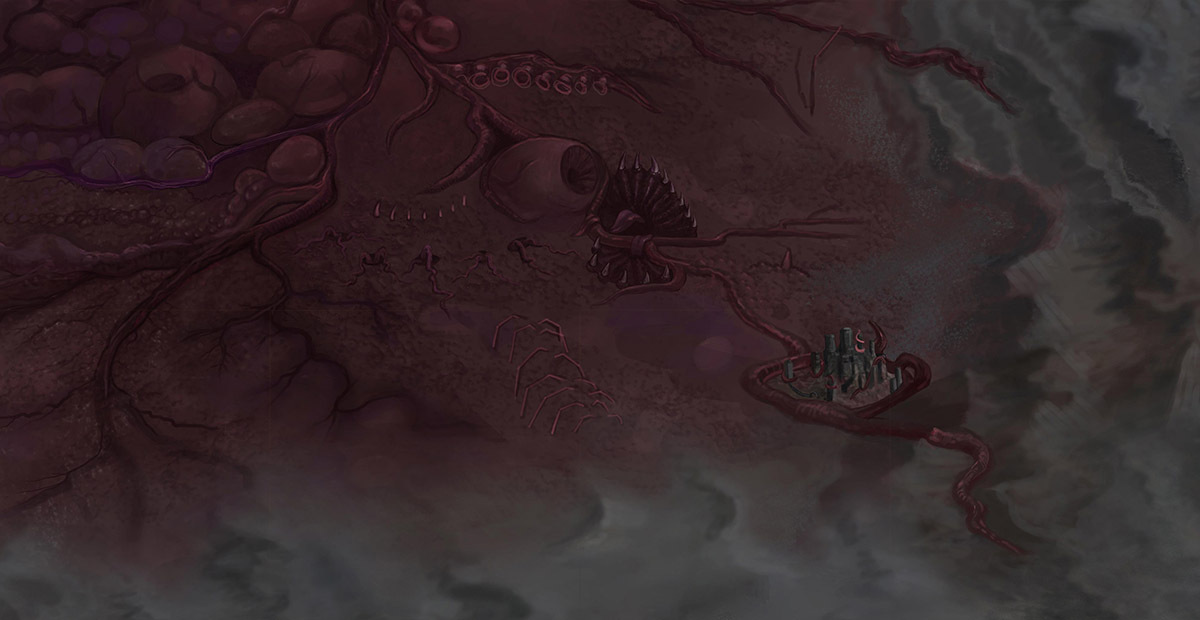
As you can see, the Calamity has caused great damage to the once-great cities of the Empire but even worse - it cursed them so that they now cling onto a bleak, terrifying existence, waylaying travelers and corrupting whole regions around their sad remains. However, if you like reading about these kinds of things, we might return with another round of perilous ruins from the wasteland.
Until then, stay safe, stay sane, and conquer the wasteland!
-The Lost Pilgrims Team
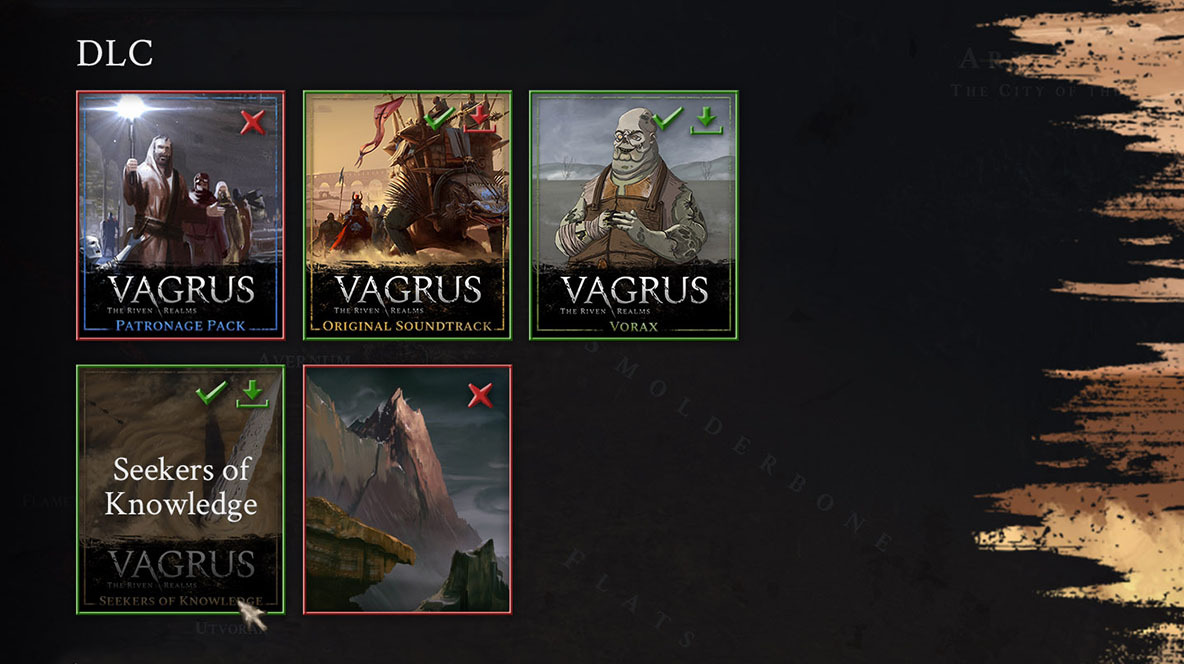

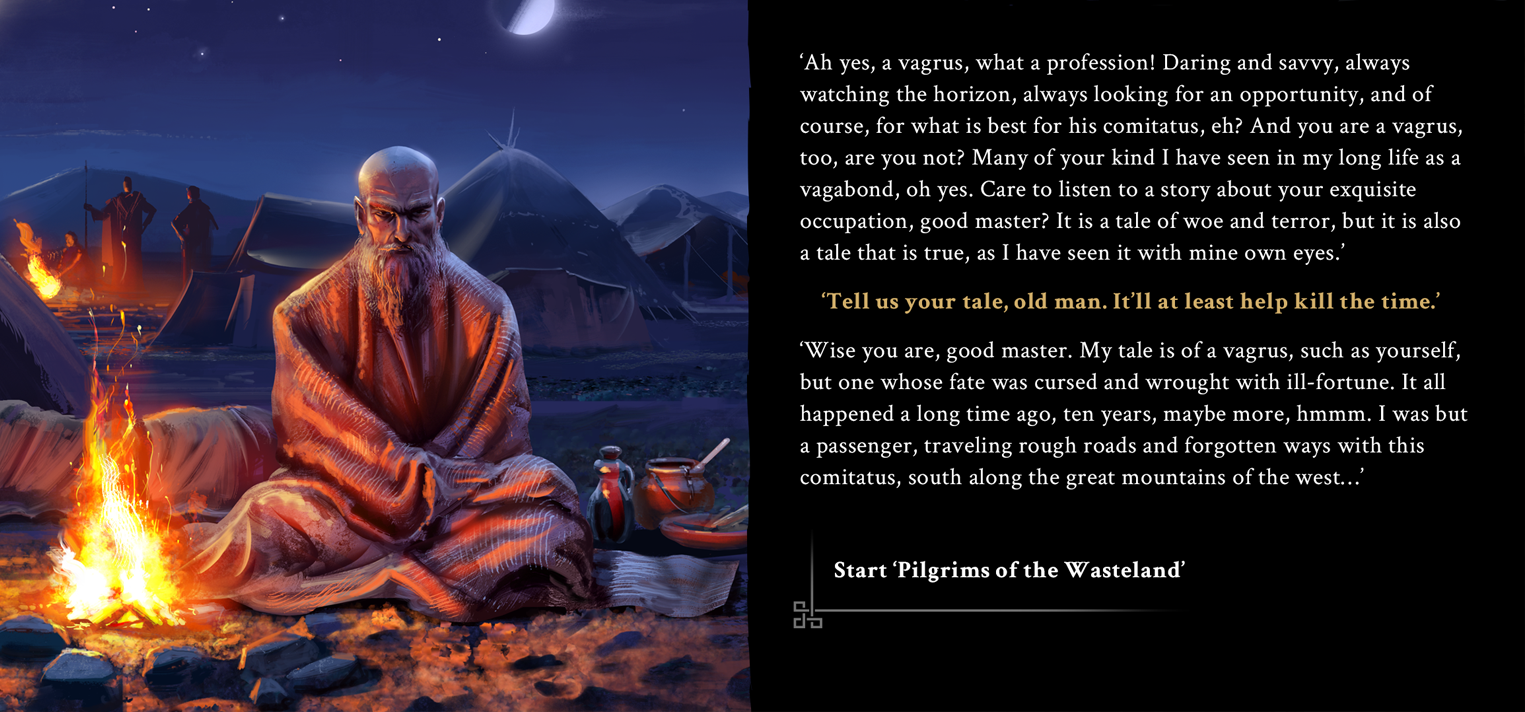
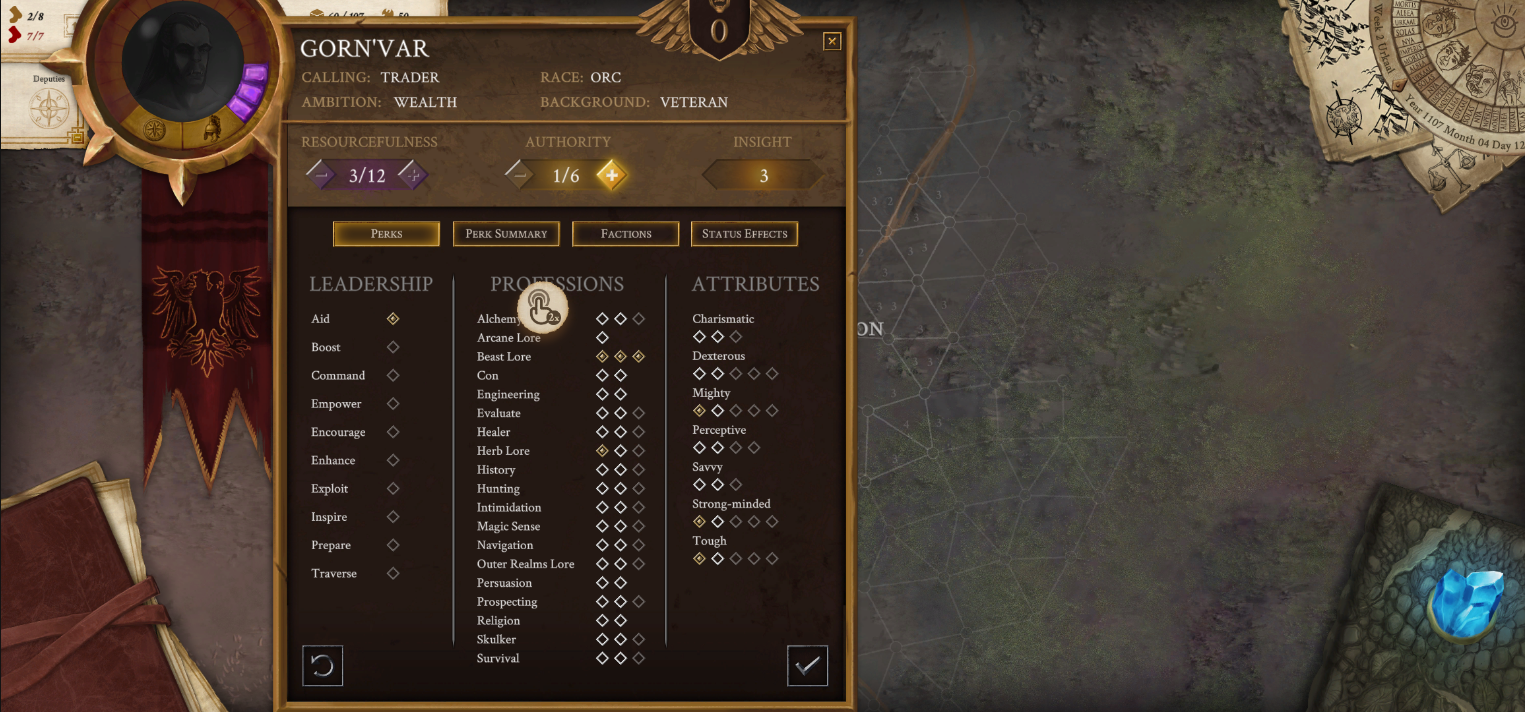
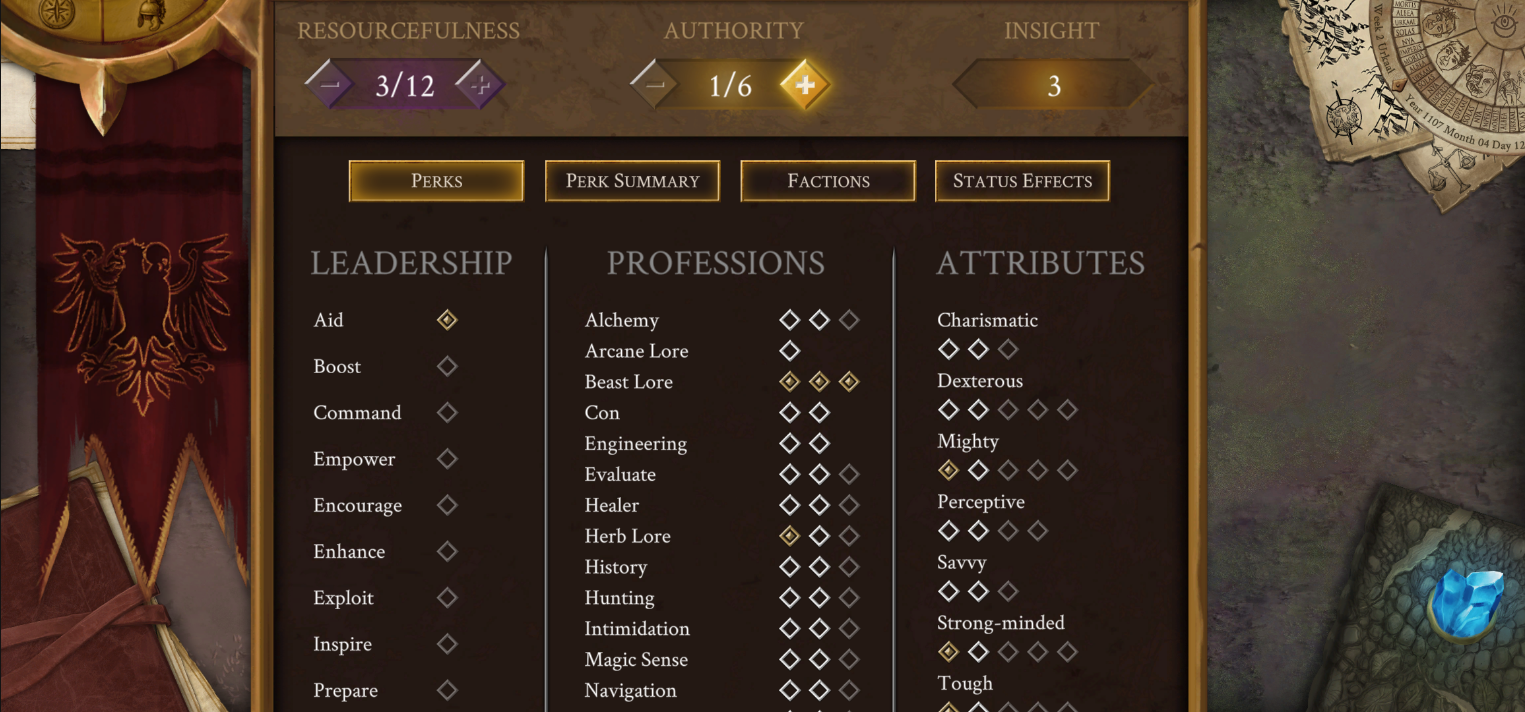
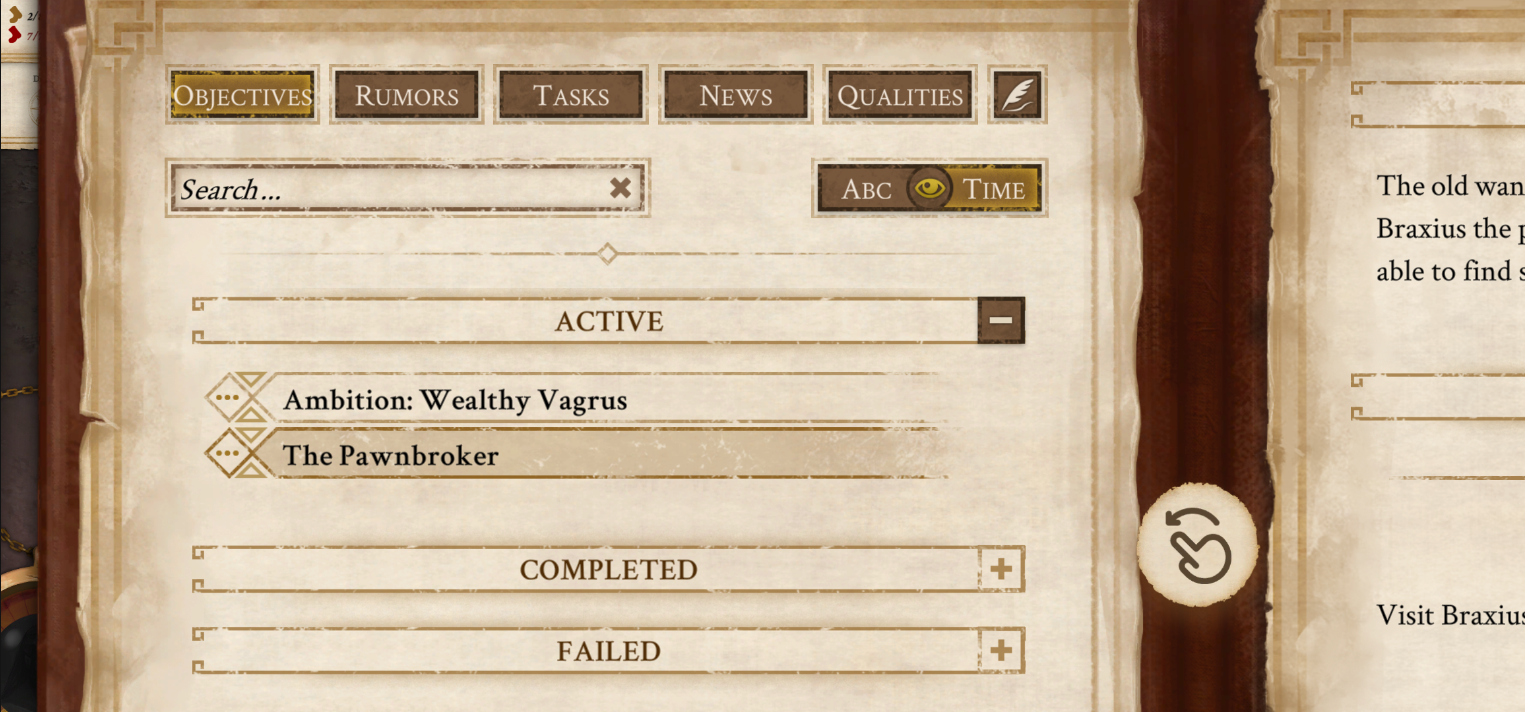
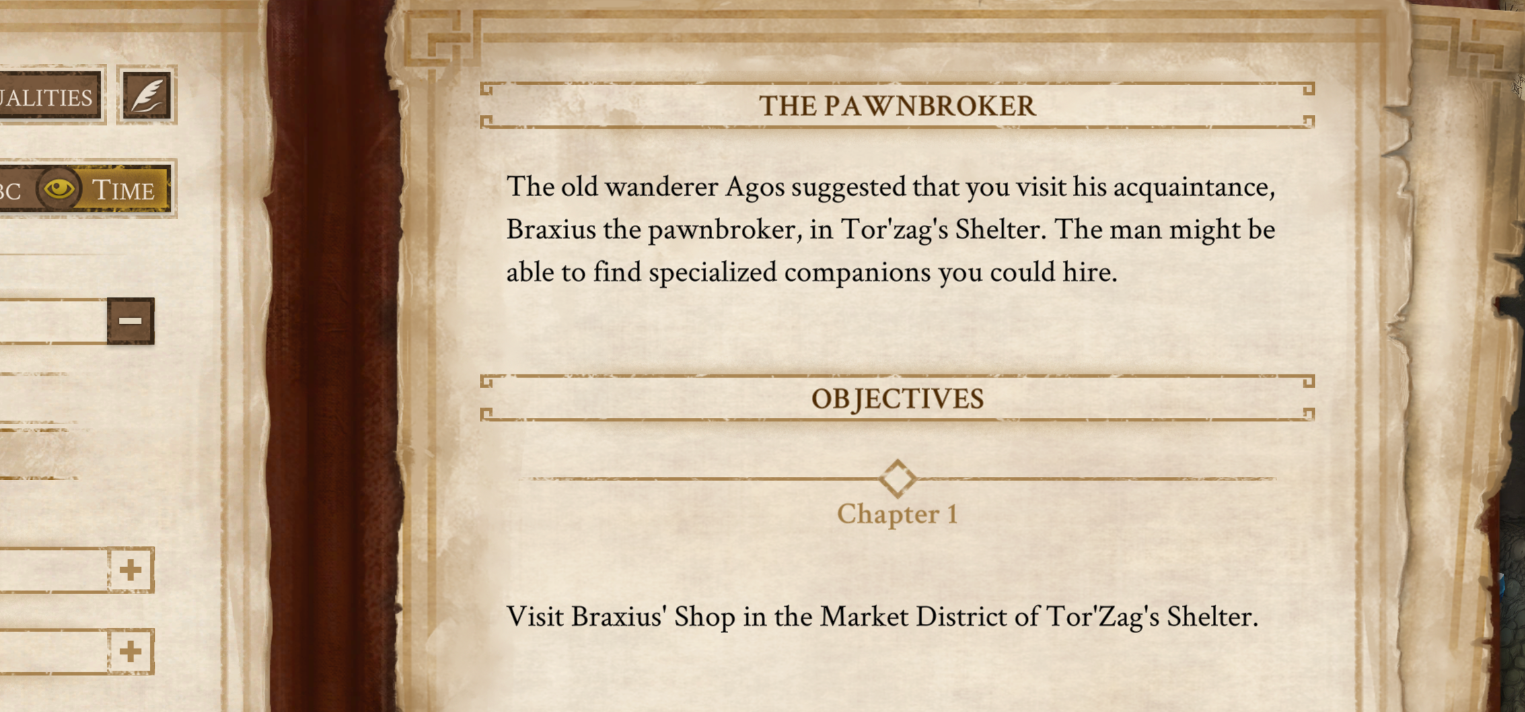
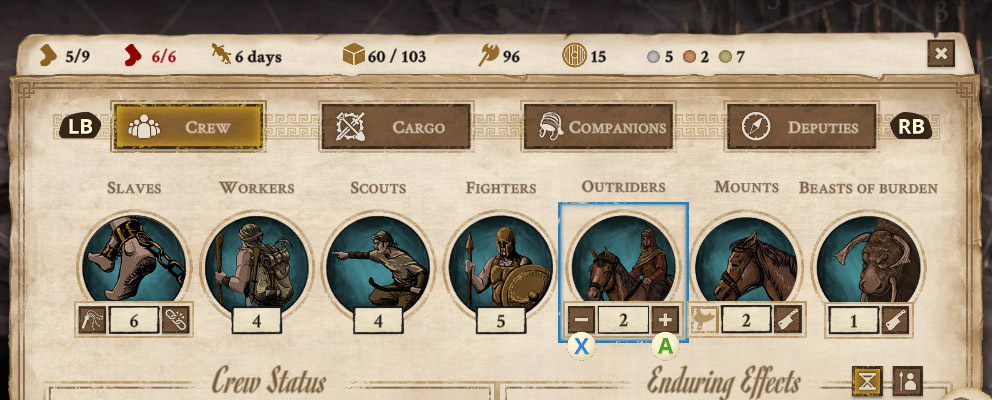
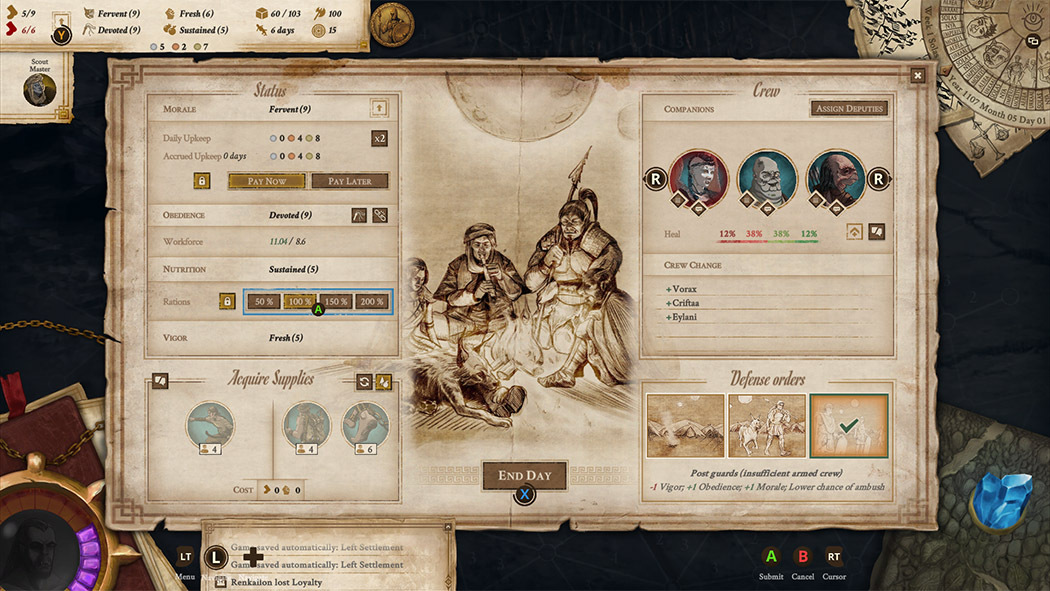
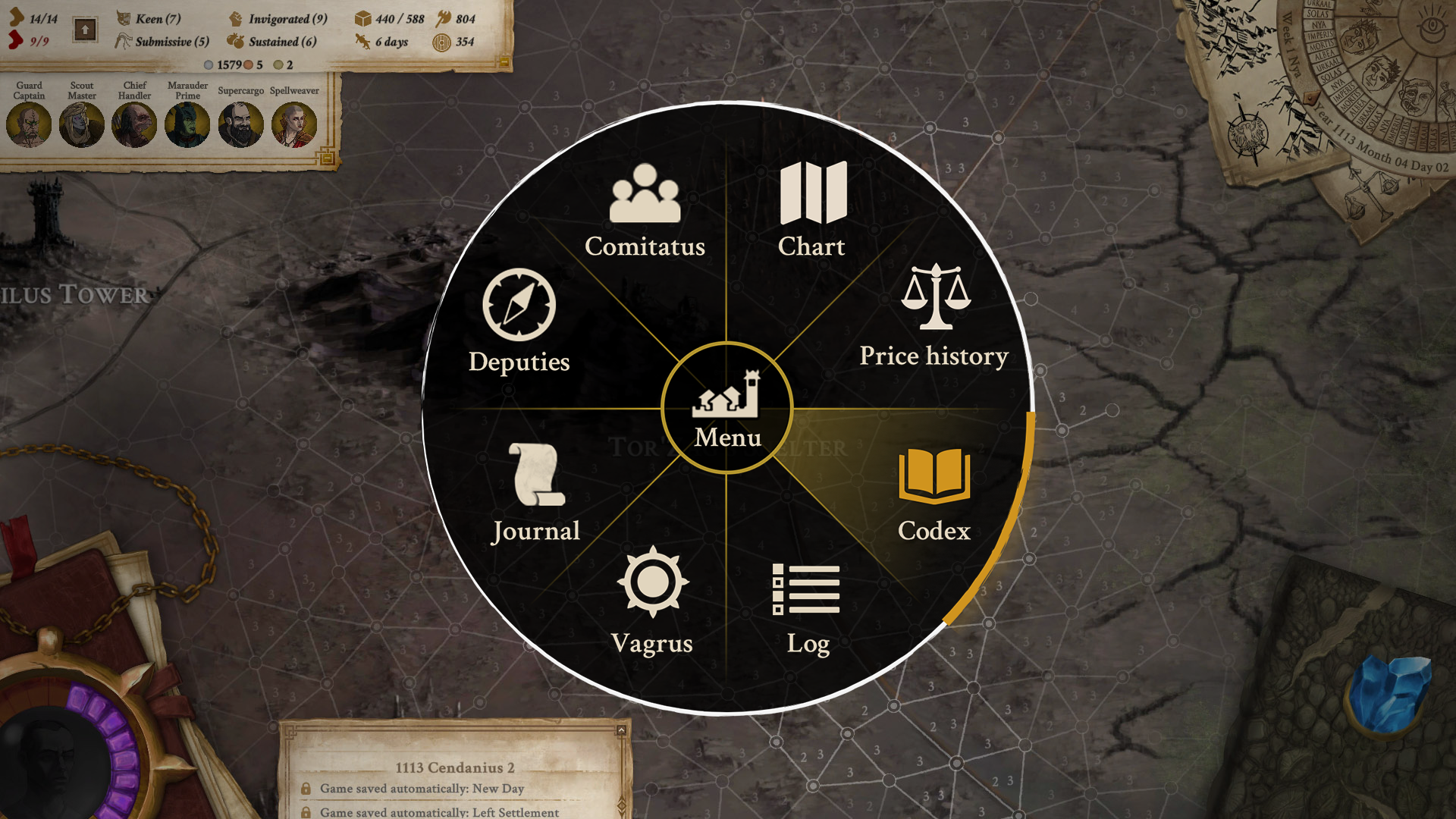
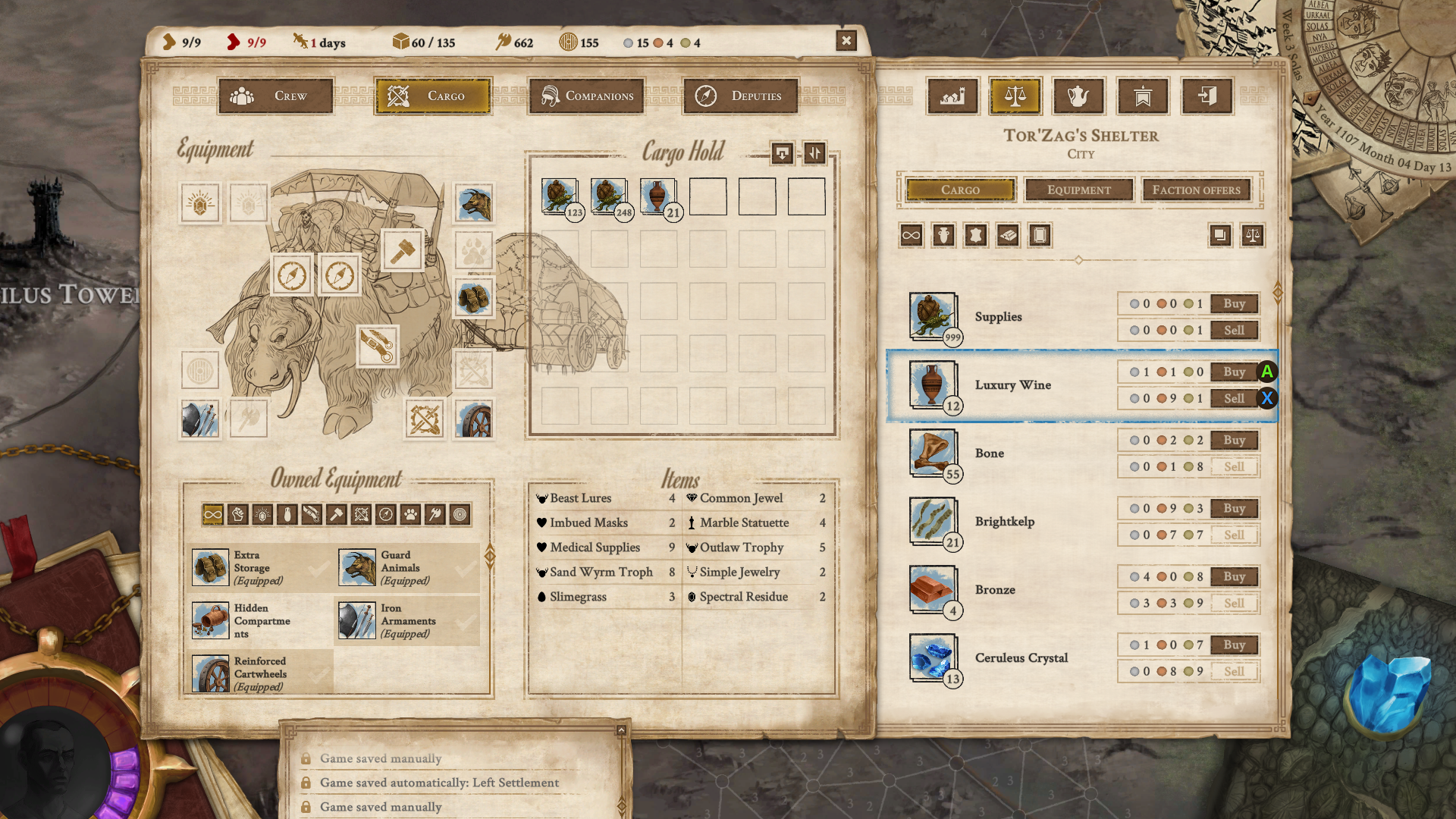







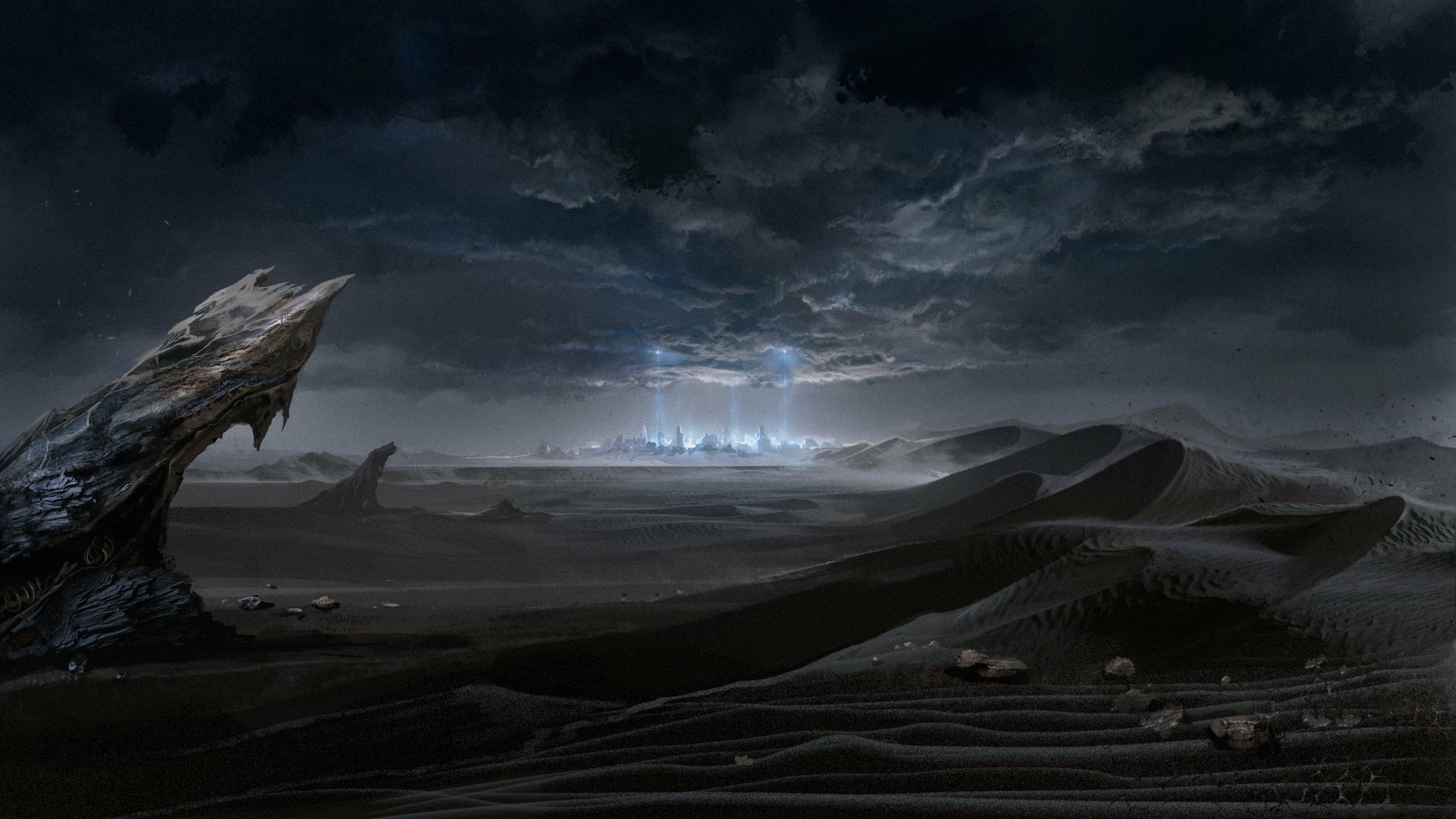
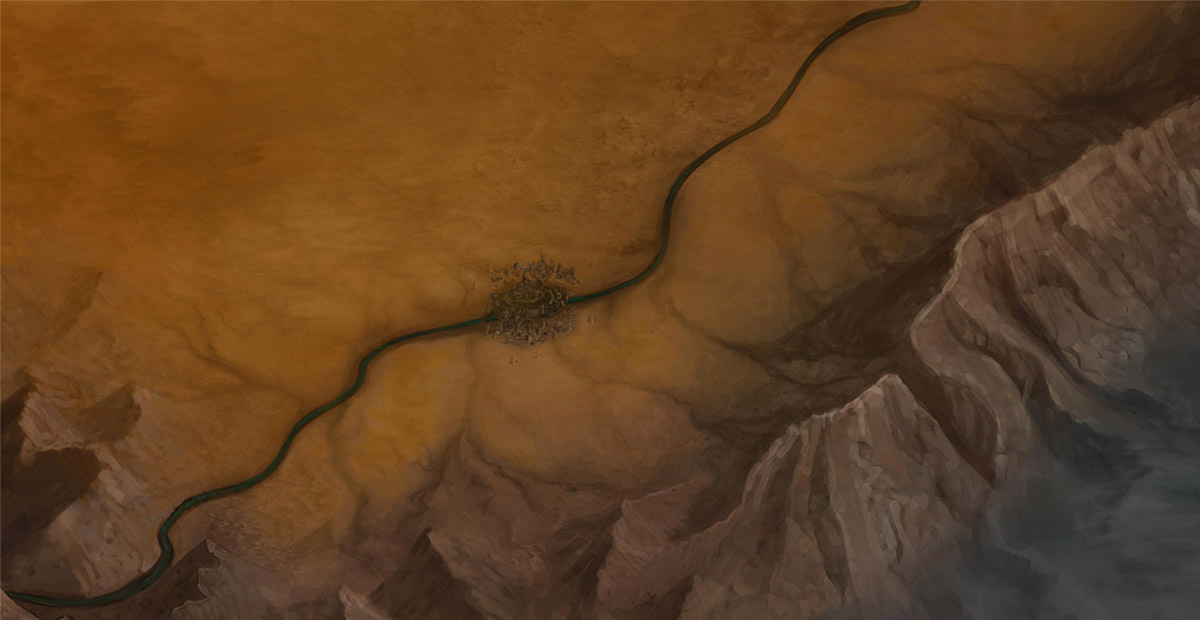

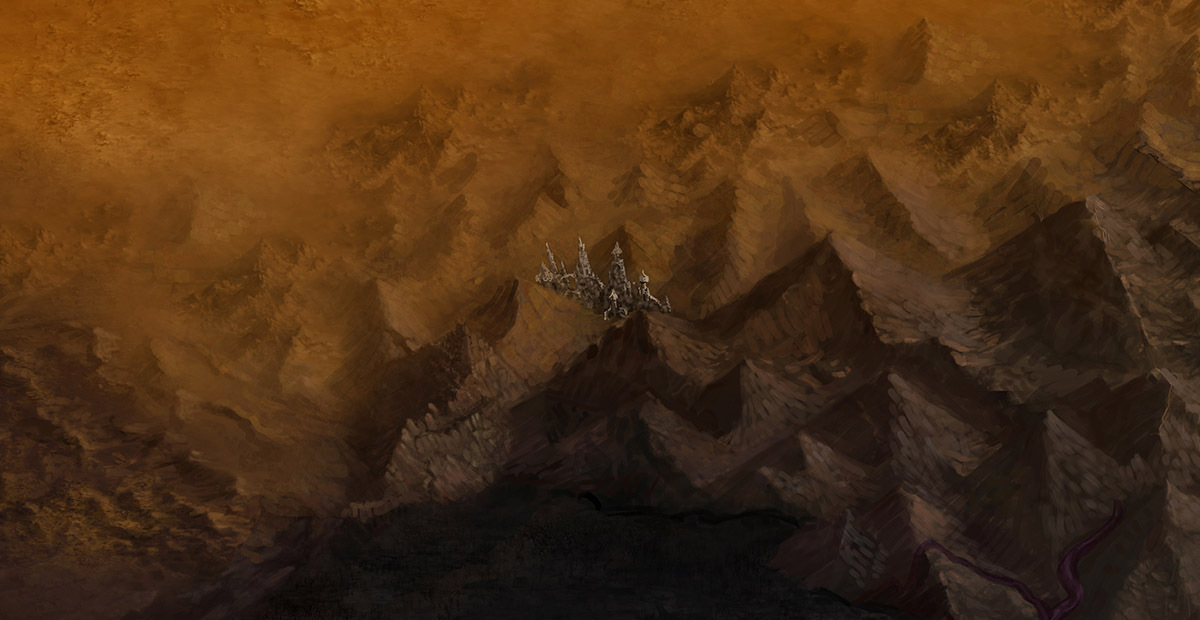
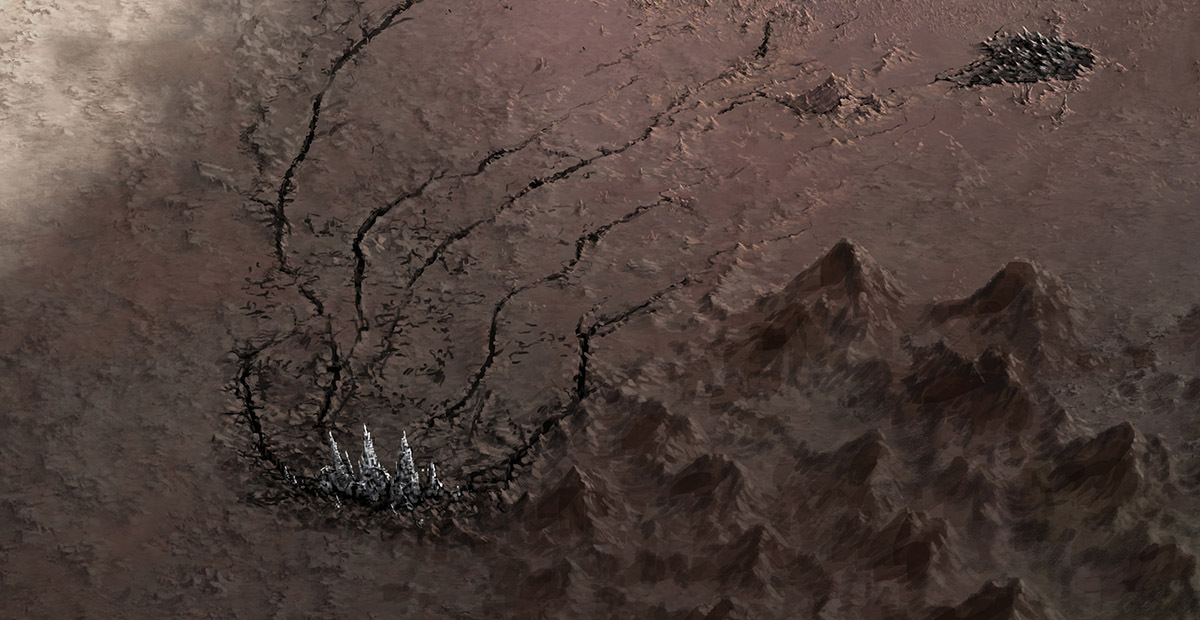









 Tbh, at this point, we would settle for not being in the red.
Tbh, at this point, we would settle for not being in the red. 







